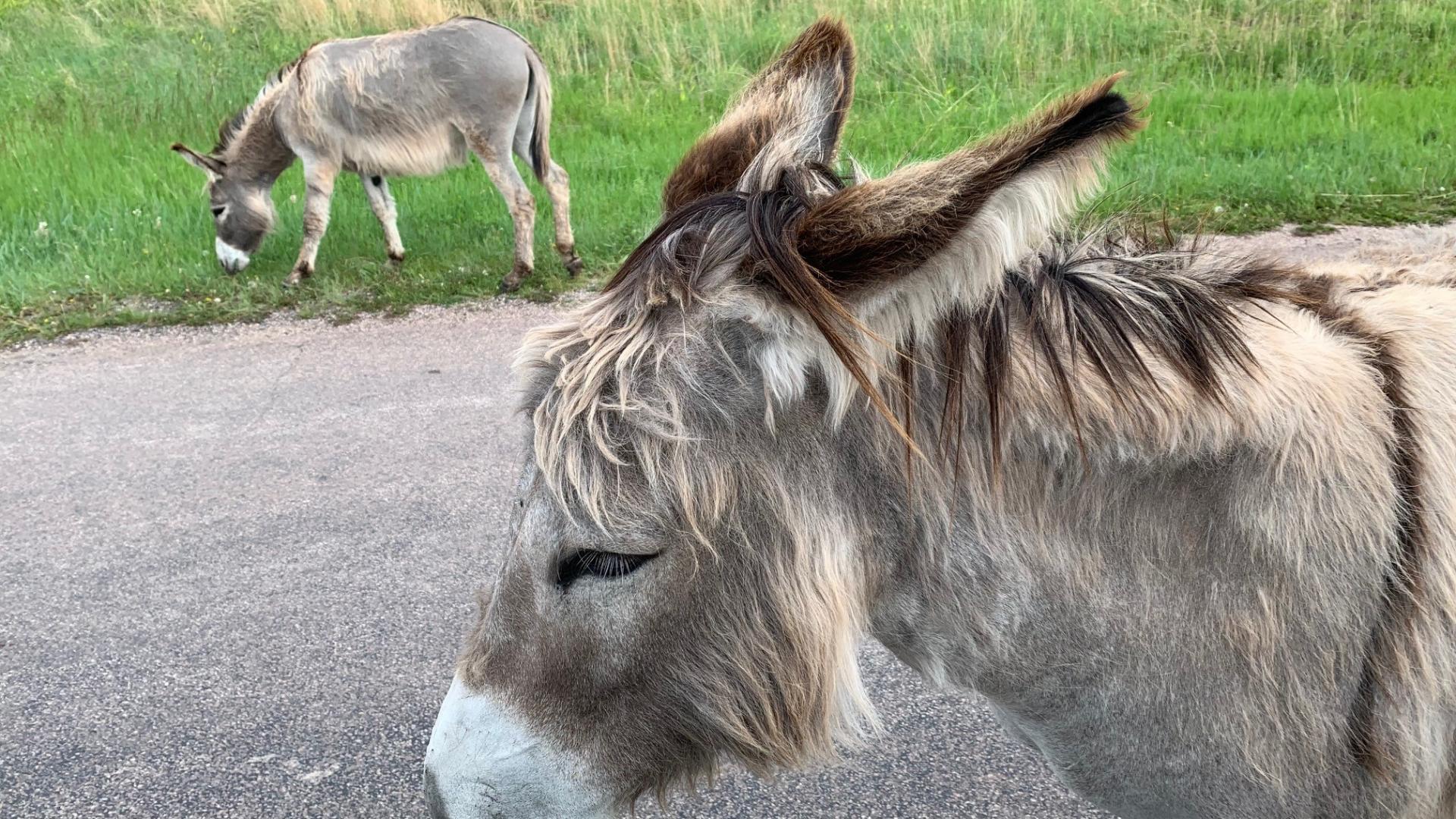
- Body
At the end of the 15th century, the Spanish reintroduced horses to the Americas. Escaped horses soon resumed to a wild state and proliferated on the plains of their homeland. By the time of Anglo exploration in the 1800s, vast herds of wild horses roamed North America. Their habitat gradually shrank, along with the habitat of other large grazers, such as bison and elk, as settlement spread onto the plains. Herd size was controlled by ranchers and also by mustangers who hunted the horses or gathered them for commerical purposes.
Starting in the 1950s, public concern about the well-being of wild horses and burros grew. With the mounting interest and concern came the realization that a federal management, protection, and control program was essential. After witnessing a livestock truck filled with horses headed to slaughter, Velma Johnston, later known as “Wild Horse Annie”, began a grassroots letter writing campaign involving mostly schoolchildren to prevent wild horses from ending up in the slaughterhouse. This campaign became known as the “Pencil War” and led to the passage of the “Wild Horse Annie Act” in 1959 to protect these iconic animals. The exposure of how wild horses were being treated outraged and fully engaged the public in this issue. A 1959 article in the Associated Press stated “seldom has an issue touched such a responsive chord.”
The follow up efforts of the massive letter writing campaign resulted in the development and enactment of the Wild Free-Roaming Horse and Burro Act of 1971, which gave birth to the Wild Horse and Burro Program in the Forest Service and Bureau of Land Management.
The Wild Free-Roaming Horses and Burros Act was passed, unanimously, through Congress and signed by former President Nixon on December 15, 1971. It became Public Law 92-195, which protects wild horses and burros within designated territories on both Forest Service and Bureau of Land Management lands. The Act declares wild horses and burros to be “living symbols of the historic and pioneer spirit of the West” and mandates that these horses and burros are managed in a thriving ecological balance with the land and as part of the natural landscape.